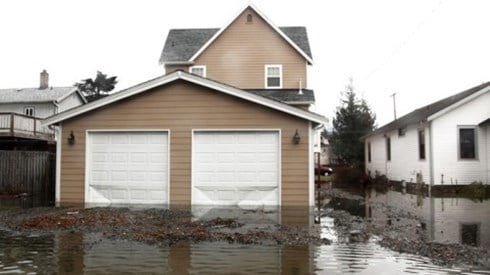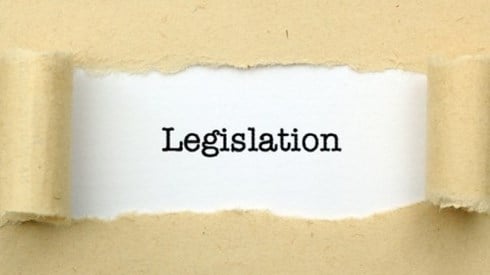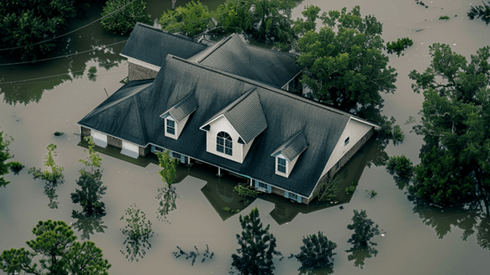FEMA Places Reinsurance for Flood Risk 4th Consecutive Year

January 07, 2020

For the fourth consecutive year, the Federal Emergency Management Agency (FEMA) has completed placement of reinsurance coverage to help manage the financial burden of the National Flood Insurance Program (NFIP) catastrophic flood risk. Participating in the $1.33 billion placement were 27 private reinsurers. The agreement is effective from January 1, 2020, to January 1, 2021.
According to FEMA, combined with the $500 million August 2018 capital markets reinsurance placement and the $300 million April 2019 capital markets reinsurance placement, the placement has transferred $2.13 billion of the NFIP's flood risk for the 2020 hurricane season to the private sector. If a named storm event were large enough to trigger all reinsurance agreements (i.e., a named storm event where NFIP claims exceed $6 billion), FEMA would receive qualifying payments under all reinsurance agreements. Should a named storm event result in NFIP claims exceeding $10 billion, FEMA would receive the full $2.13 billion of reinsurance coverage from the private markets.
The 2020 placement of reinsurance covers portions of NFIP losses above $4 billion arising from a single flood event. FEMA paid a total premium of $205 million for the coverage.
The agreement is structured to cover the following.
- 10.25 percent of losses between $4 billion and $6 billion
- 34.68 percent of losses between $6 billion and $8 billion
- 21.80 percent of losses between $8 billion and $10 billion
Historically, the NFIP was limited to using flood insurance premiums, available surplus, borrowing capacity from the US Treasury, and (in some cases) direct appropriations from Congress to pay flood claims.
FEMA received authority to secure reinsurance through the Biggert-Waters Flood Insurance Reform Act of 2012 and the Homeowner Flood Insurance Affordability Act of 2014. FEMA's 2020 reinsurance placement builds upon its previous reinsurance placements as further development toward a stronger financial framework.
"It takes the whole community to prepare for disasters, and that includes participation from the private sector. Through reinsurance, FEMA partners with private markets to build a pillar that supports a sound financial framework for the NFIP by a meaningful transfer of flood risk," said David Maurstad, deputy associate administrator of the National Flood Insurance Program.
January 07, 2020




